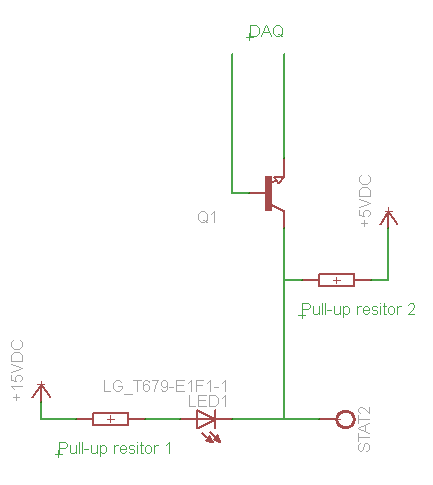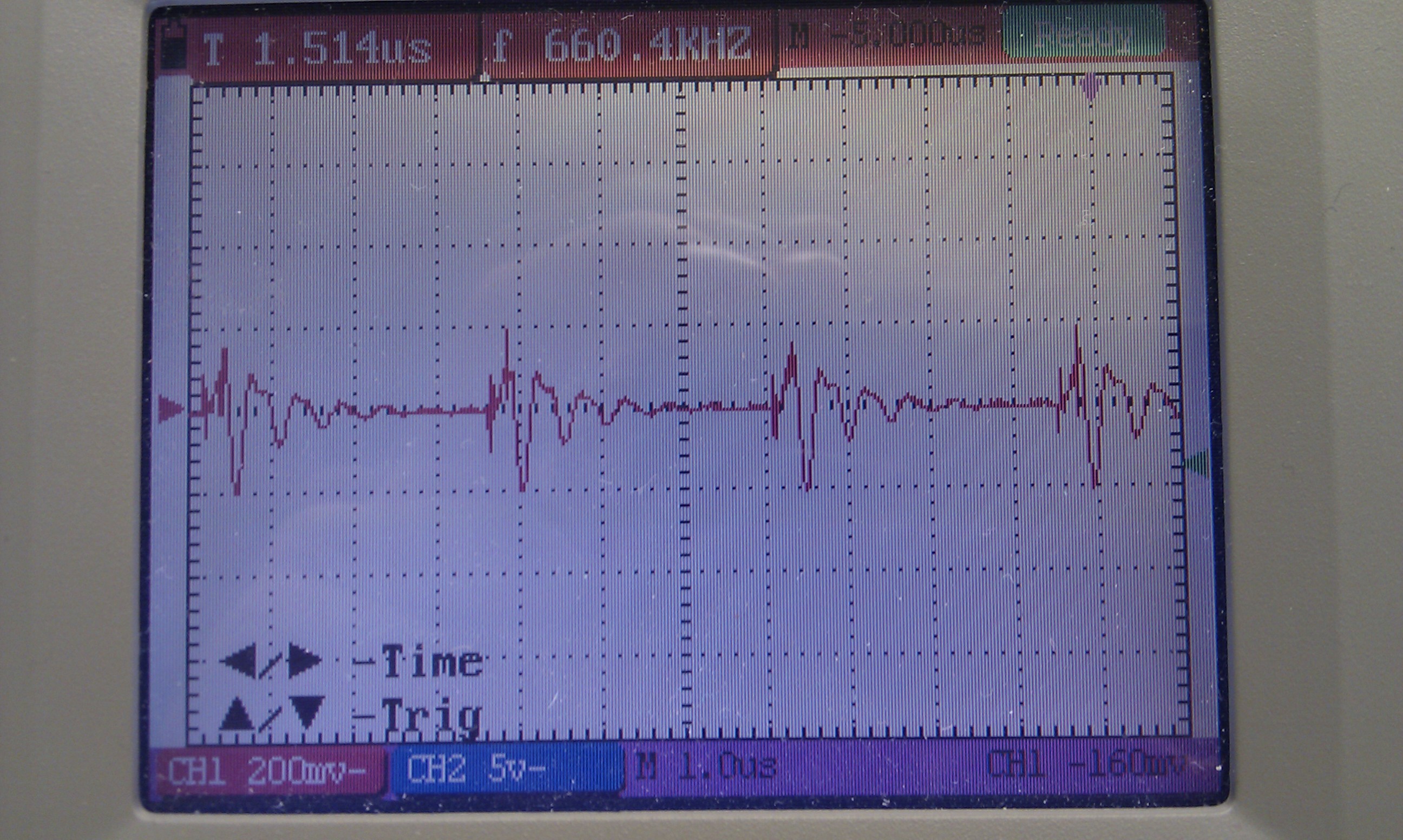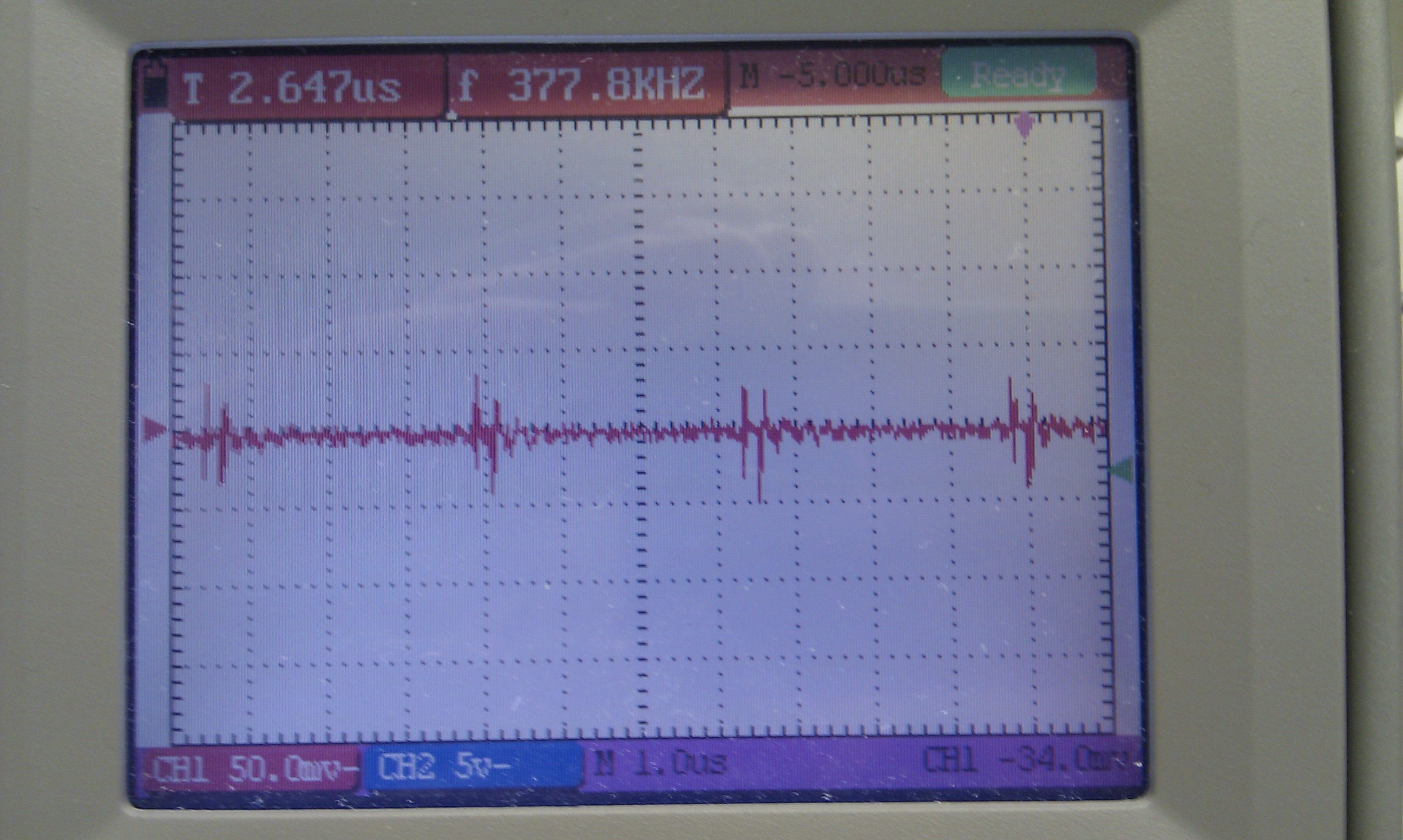Hi
I have made a charger for 4 cell Li-FePo battery and its charging current is very low (14 mA). If I understand correctly the charging current should be 3 A (I have 100 kOhm and 22.1 kOhm resitors for the ISET1).
The changes that I have made when comparing the typical system schematics are (Schematics 2642.PPM_BatteryModule.pdf):
- I had to change the mosfet SI7617DN to another mosfet SI7121DN and the only difference I can see is 35V, 35A of the SI7617 to 30V, 16A of the SI7121.
- I don't have thermistor, but I have fixed resistor of 2kOhm and 3kOhm for the TS pin.
- Vin is 15 VDC. I have limited the adapter current to 6A with 100kOhm and 56kOhm resistors.
Can these changes be the reason for the low charging current?
I also have another question. While I was charging a battery that had very low charge (6 V) both of the status leds (STAT1 and STAT2) and the power led (PG) were on. I didn't find a state for this kind of status from the manuals table 3. What does this indicate?
Mikko Remes




